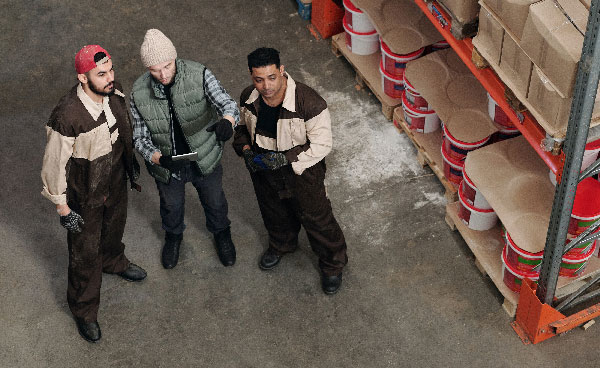The Painful Truth About Warehousing
A recent analysis of 1,000 warehouses by Mckinsey & Company concluded that most companies’ DC costs are far higher than they should be. Why? In part, the problem is that most companies have not determined a good methodology for determining what their costs should be.
To get a better handle on areas for cost reduction, the authors of the study fsuggest that operators should conduct bottom-up analysis rather than relying on industry benchmarks. “The critical advantage of this approach [clean sheet, bottom up analysis] is that it lets companies drill down into the three biggest cost drivers of a warehouse and see where a company is paying more than it should.”
The starting point for this type of analysis is to look at current processes, which helps give insight into labor costs and efficiency. That’s precisely where a Lucas Operations Assessment fits in.
The High Cost Of Worker Turnover – And How To Reduce It
A recent survey of 18,000 US workers concluded that the labor challenge in warehousing and distribution is likely to continue. There are currently not enough workers to fill blue-collar jobs, causing particular problems in warehousing and distribution, given the relentless growth in labor demand. According to EmployBridge there are approximately 804,000 open blue-collar jobs, but only 738,000 workers available.
The survey also found that employers face added costs of $4,200 for every employee who leaves to get a new job. Warehouse managers will need to figure out the best strategy to retain employees without overpaying. Ace Endico is a great example of a company that significantly reduced their turnover rate by improving worker satisfaction through work execution software.
Low-Cost Analytics Tools are Transforming Warehouse Management – Learn How

Reserve your seat today at our webinar discussing these new analytics tools.
B2B DC’s Taking A Page From the Ecom Playbook
Industrial and wholesale distribution is feeling the effects of ecommerce every bit as much as retailers. More B2B sales are moving to the web, price transparency rules, and next day shipping has become standard. But truck maker Navistar International recently outlined another aspect of the ecom transition in industrial markets when they announced plans to decentralize parts distribution in order to get the right parts to customers faster.
Sign Up For Monthly Updates
Our enewsletter gives you access to upcoming DC tours, events, customer stories and best practices delivered monthly.





